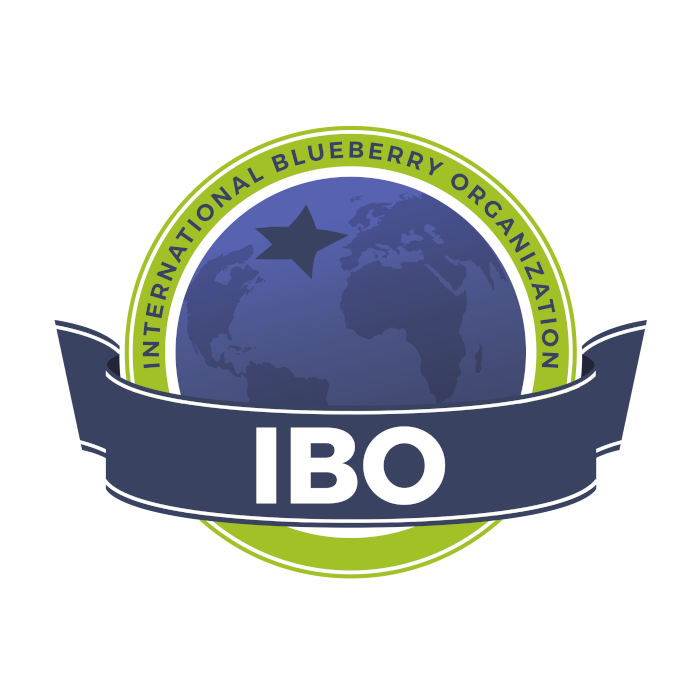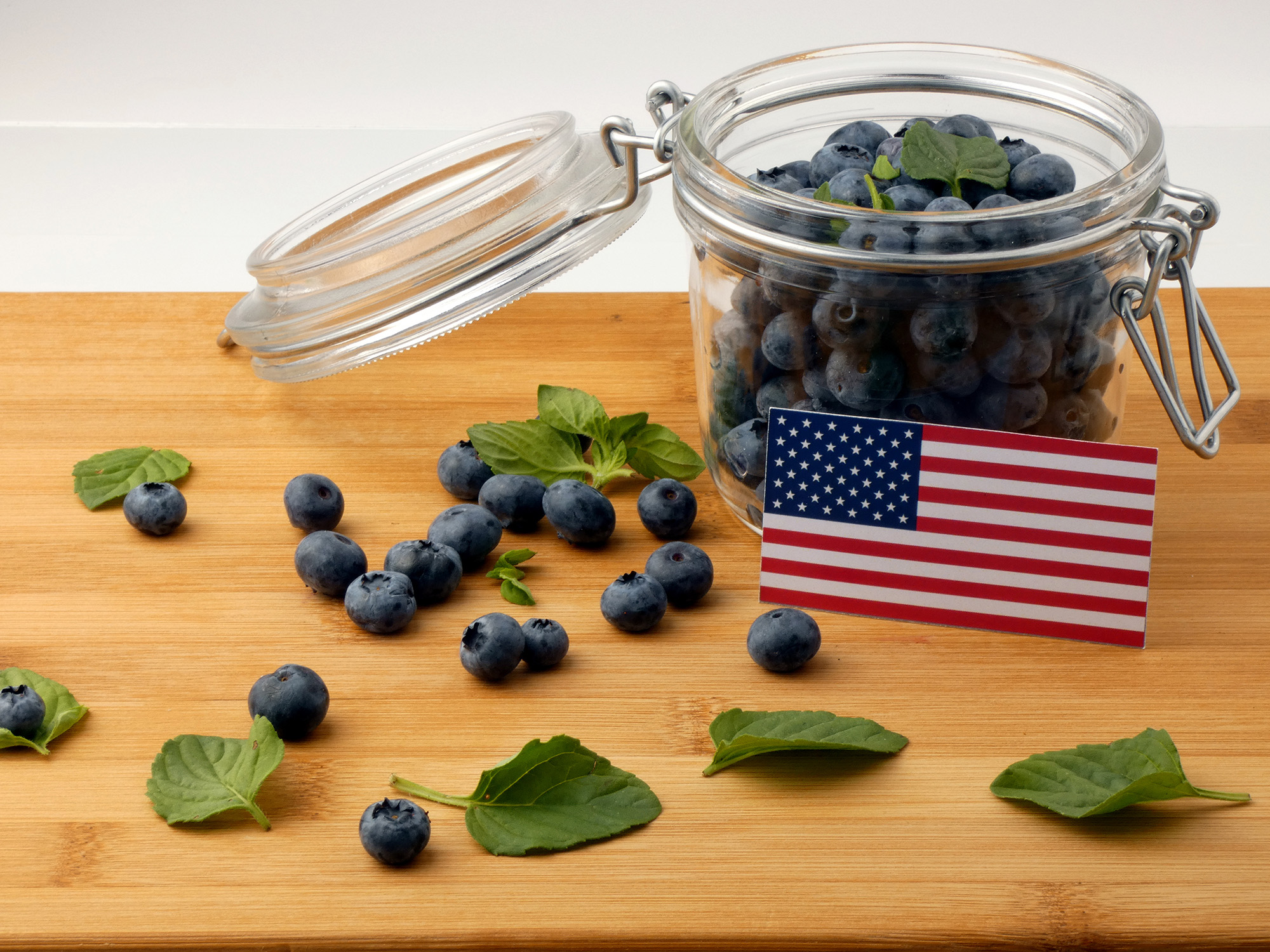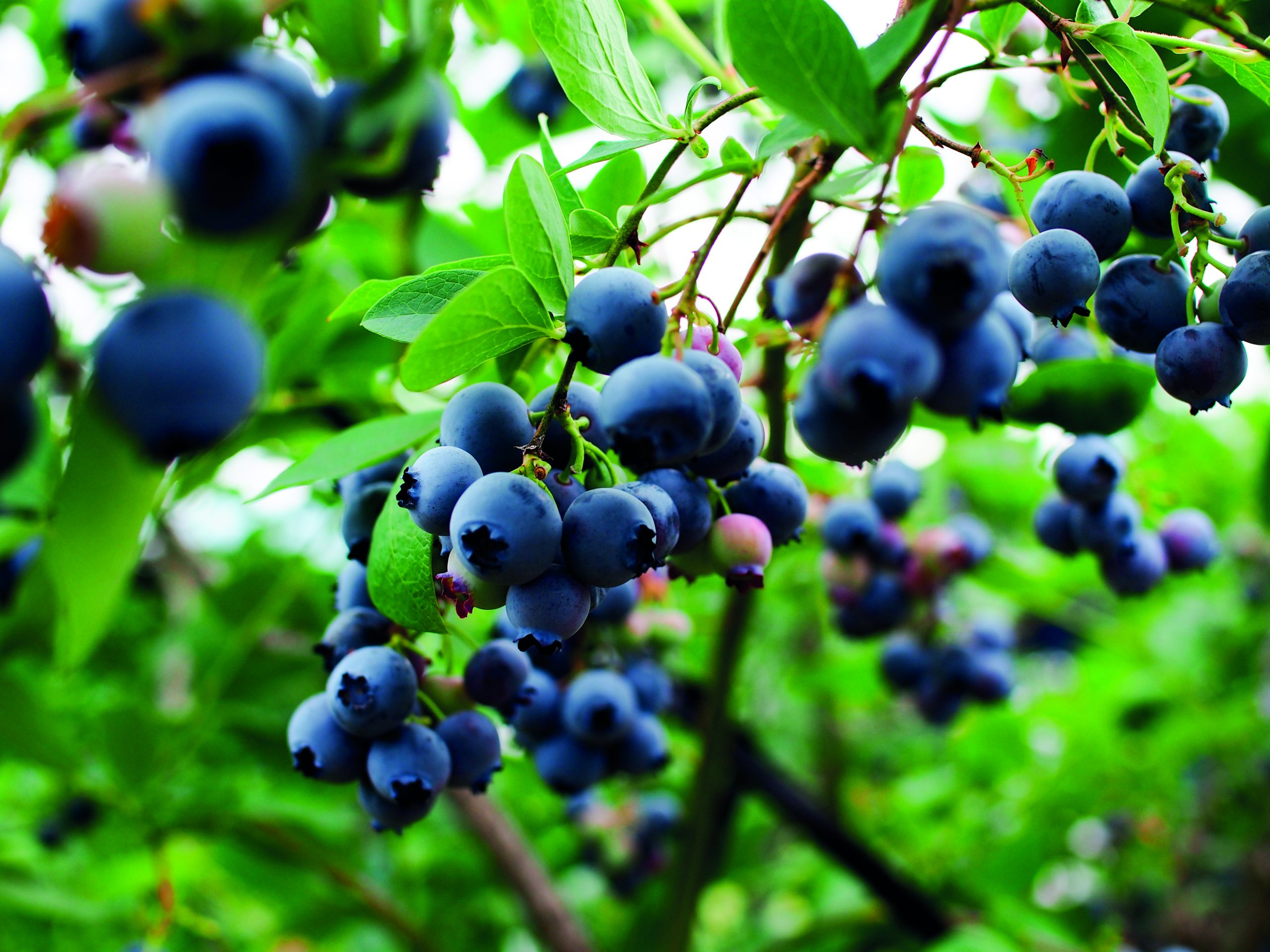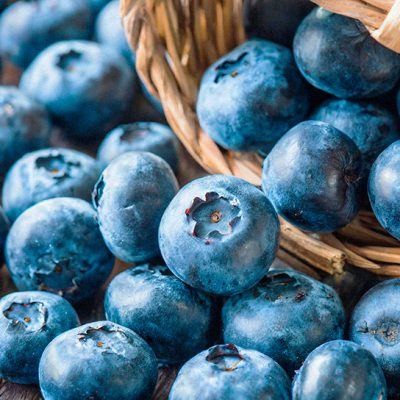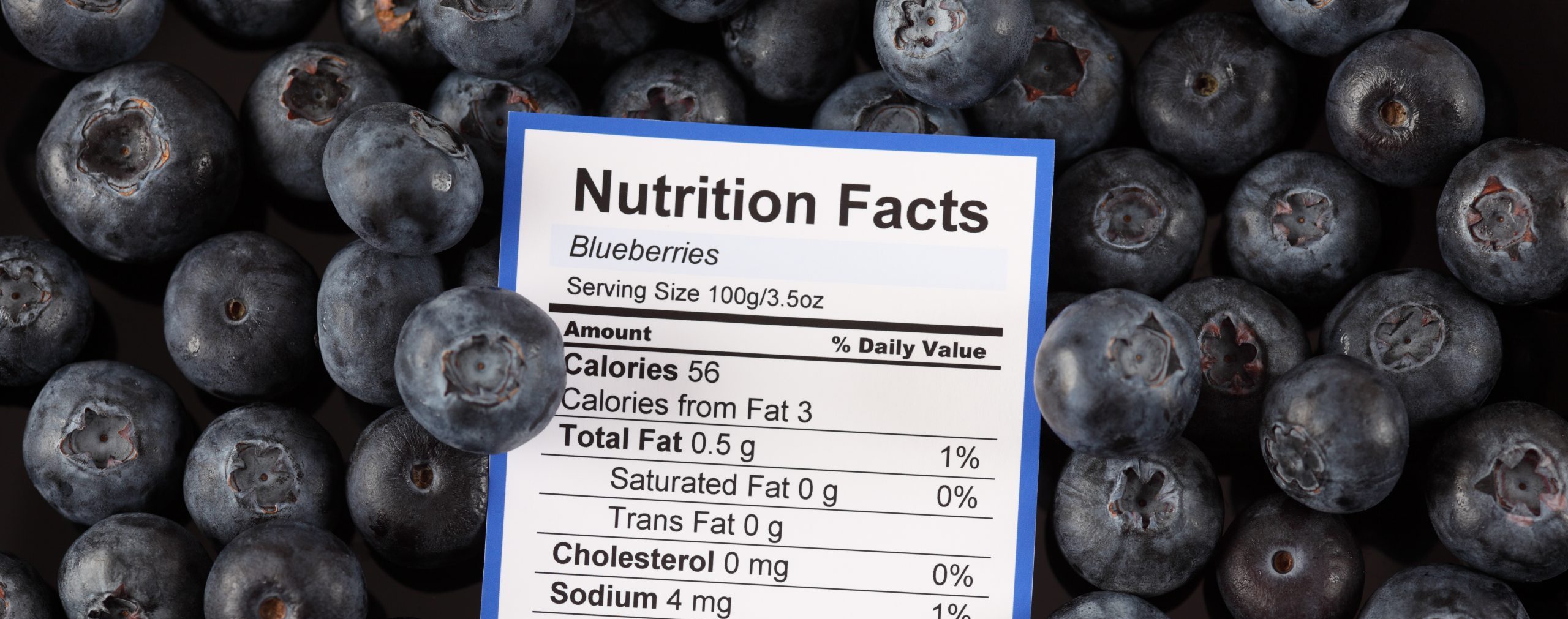The North American market remains crucial for the blueberry industry – Rabobank
The North American market remains crucial for the blueberry industry, according to Dutch multinational banking and financial services company Rabobank. As one of the main destination markets, the U.S. is focusing on availability as demand for year-round conventional and organic blueberries remains steady.
In a report on the global blueberry industry, Rabobank noted that while fresh blueberry production in the U.S. has grown at a compound annual growth rate (CAGR) of 3% over the past ten years and at a rate of 7% over the past 20 years, availability in the U.S. market has expanded at CAGRs of 9% and 11%, respectively.
“Since 2016, U.S. imports have consistently outpaced US domestic production as the industry has focused on providing reliable year-round availability to U.S. consumers,” the report said.
On the other hand, the appraisal states that U.S. exports have remained flat or declining. Going forward, U.S. blueberry imports “will continue to grow during the U.S. offseason, potentially setting new records every year for the next few seasons.”
Increasingly Negative U.S. Trade Balance for Non-organic Blueberries
In 2021, exports of non-organic fresh highbush blueberries from the US were 14% higher than in 2012, showing an increasing concentration of shipments with Canada as their market destination, according to the report.
Over the past decade, other markets importing U.S. produce included Mexico, South Korea, Taiwan, Japan, Singapore, and Hong Kong.
In the first seven months of 2022, U.S. exports of this category were down 31% year-on-year. A late start of the harvest season in the Pacific Northwest, due to a cold spring that delayed fruit development, a strong U.S. dollar, and logistical challenges are some of the reasons for the drop in U.S. exports year-to-date. The lower volumes exported caused a significant price uptick in 2022.
Conversely, U.S. imports of non-organic fresh blueberries increased 140% between 2012 and 2021. The share of U.S. imports from Peru increased from 0.02% in 2012 to 45% in 2021.
During the January-July period of 2022, U.S. imports increased 10% year-on-year as the Peruvian season has been starting earlier every year. Also, 2021 marked the first calendar year that Mexico displaced Chile as the second largest supplier of non-organic blueberries to the U.S. market .
U.S. imports from Argentina and Uruguay have dropped significantly in recent years as these countries face increased competition in the international market. The average annual unit value of U.S. imports appears to have stabilized as supplies have increased during the shoulders of the season, when prices were the highest.
More Acreage in Southeastern and Northwestern U.S. States
Harvested acreage in selected U.S. states has almost doubled over the past 15 years, Rabobank notes. According to USDA figures, harvested area in Washington and Georgia has grown fivefold and fourfold, respectively, to over 20,000 acres in both states. Moreover, most states show a positive trend in harvested acreage.
The report states that average yields of tame blueberries vary significantly by state. Volumes go from 5,000 to 6,000 pounds per acre to 10,000 to 11,000 pounds per acre, according to government statistics.
Non-organic arrivals and shipping-point price trends
Availability of non-organic fresh blueberries continues to increase during the October-November and March-April periods. However, monthly shipments in December 2021-January 2022 were down year-on-year as logistics bottlenecks delayed imports.
Also, availability was down in June-July 2022, partly due to weather conditions delaying harvests in key U.S. regions. During these months, prices were up year-on-year, thus showing a fast response to lower supplies.
Organic blueberries capture market share in the U.S.
Rabobank’s report states that, in recent years, organic blueberries have accounted for 12% of U.S. fresh blueberry exports, with similar trends and challenges to exports for conventional fruit.
On the import side, organic blueberries accounted for only 1% of U.S. imports in 2012, rising to 16% in 2021. Organic imports have grown exponentially, particularly from Peru and Mexico.
According to the report, the fact that the unit value of U.S. imports has maintained an upward trend despite increased volumes shows that demand for these commodities will continue to grow through mid-2022.
Consequently, although organic blueberry prices have been impacted by inflation, demand is expected to stay firm. California, Chile, Mexico, Oregon, Peru and Washington are among the growing regions with a relevant share of organic shipments to the U.S. market.
With this, Rabobank argues that the blueberry industry is becoming truly global. Fast-growing supply and demand in most continents and continued production expansion are feeding the industry, despite input costs, labor rises and logistical challenges.
04/11/2022
